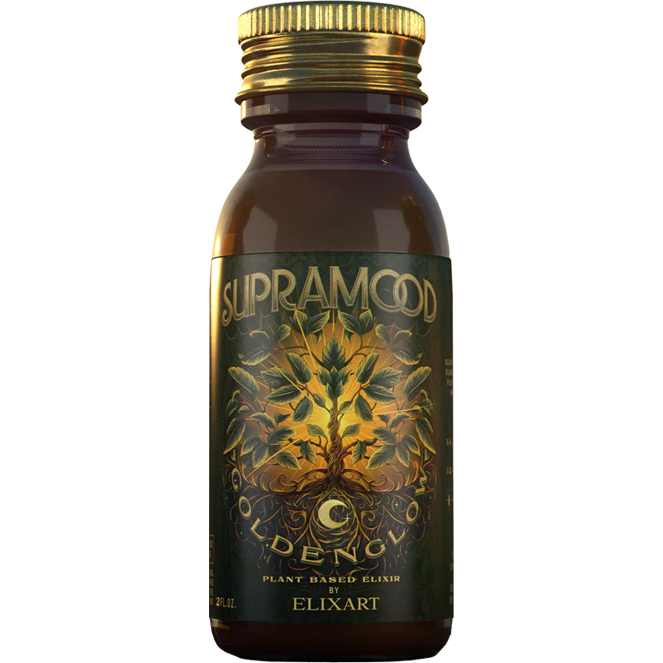Kava and Kratom are increasingly available together at kava bars and online stores. While their appearances can be similar, the truth is that they are quite different entities. This post will explore the similarities and distinct differences between these two plants, emphasizing the importance of clear understanding for consumers.
Cultural Origins: East vs. West
Kratom, scientifically known as Mitragyna speciosa, is a tropical evergreen tree belonging to the coffee family. It is indigenous to Southeast Asia, particularly Thailand, Malaysia, and Indonesia. For centuries, local workers have traditionally chewed raw kratom leaves to combat fatigue, alleviate pain, and enhance their mood.
In contrast, Kava is a plant from the pepper family, with the botanical name Piper methysticum, found mainly in the Western Pacific regions, including Vanuatu, Fiji, and Papua New Guinea. Kava has been a part of cultural rituals and ceremonies in these communities. Typically consumed in social settings, Kava is used to help people unwind and relax, often served in kava bars.
Similarities in Preparation and Effects
Both Kratom and Kava share some similarities in preparation and effects that may lead to consumer confusion. Kratom leaves can be chewed but are more commonly dried and crushed to form a powder mixed with water. Drinking this concoction or brewing it as tea is popular. Kava, too, follows a similar preparation method, where ground kava root powder is mixed with water, steeped, and strained to create a murky brown beverage. Both kratom and kava are also available in pill forms.
The effects of these two plants can resemble one another, as both can offer stimulant and sedative properties. Kava has well-documented effects that help reduce stress, anxiety, and pain, promoting muscle relaxation and emotional well-being. Many users experience reductions in social inhibitions and an overall sense of happiness.
Kratom's effects depend significantly on the dosage. At lower doses, users report increased energy, heightened sociability, and agitation, while higher dosages akin to a sedative effect can provide pain relief and a euphoric experience. Despite these shared characteristics, the two substances diverge significantly in other aspects.
Kava vs. Kratom: Key Differences
Pharmacological Distinctions
The most notable difference lies in their pharmacological effects. Kratom is known to be addictive, whereas Kava does not pose the same risks. Kratom contains alkaloids that interact with the opioid systems in the human brain, influencing pain response and producing effects similar to those of opiate drugs. Regular use can lead to tolerance and withdrawal symptoms, echoing the risks associated with opioid addiction.
Conversely, the primary active components in Kava are called kavalactones. These compounds interact with the limbic system, which governs emotions and motivational behavior. Unlike the alkaloids in kratom, kavalactones do not act as opiate agonists, thus eliminating the potential for addiction.
Research on Kava has yielded insight into its effectiveness in promoting relaxation and reducing anxiety, making it a safer alternative from a pharmacological standpoint.
Legal Status
Another significant difference is found in their legal status. Kratom is facing increasing regulation and has been banned in several states in the U.S. because the FDA has expressed concerns regarding its safety. States like Indiana, Tennessee, Vermont, and Wyoming have already enacted bans, while others like Florida and New Jersey are contemplating regulations. The notoriety of kratom has even led to its prohibition in Thailand since 1943 due to its association with crime.
In stark contrast, Kava enjoys greater acceptance in the global herbal market. It is gaining recognition as a natural and safe product, supported by ongoing research validating its positive effects. Recent findings have led to a reevaluation of Kava's safety profile, with many scholars advocating for responsible use.
Conclusion
While Kava and Kratom may be available side-by-side at kava bars and online shops, it is crucial to understand their differences. Kratom carries risks of addiction and legal restrictions, while Kava is generally regarded as safe and non-addictive. Thus, if faced with a choice, opting for Kava may be the preferable decision, offering relaxing effects without the associated dangers of Kratom.







Leave a comment
This site is protected by hCaptcha and the hCaptcha Privacy Policy and Terms of Service apply.